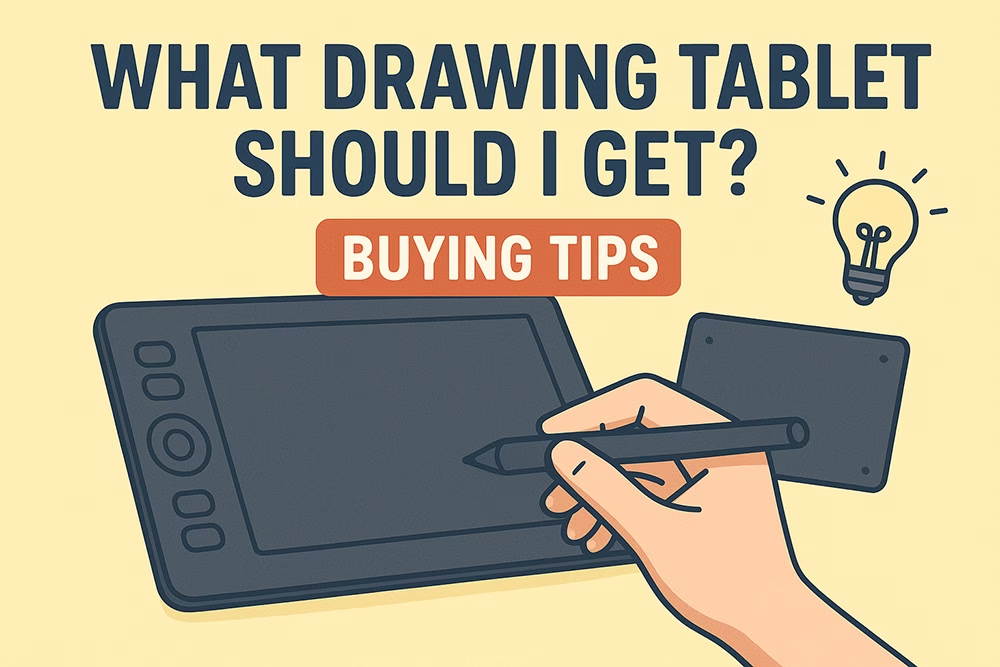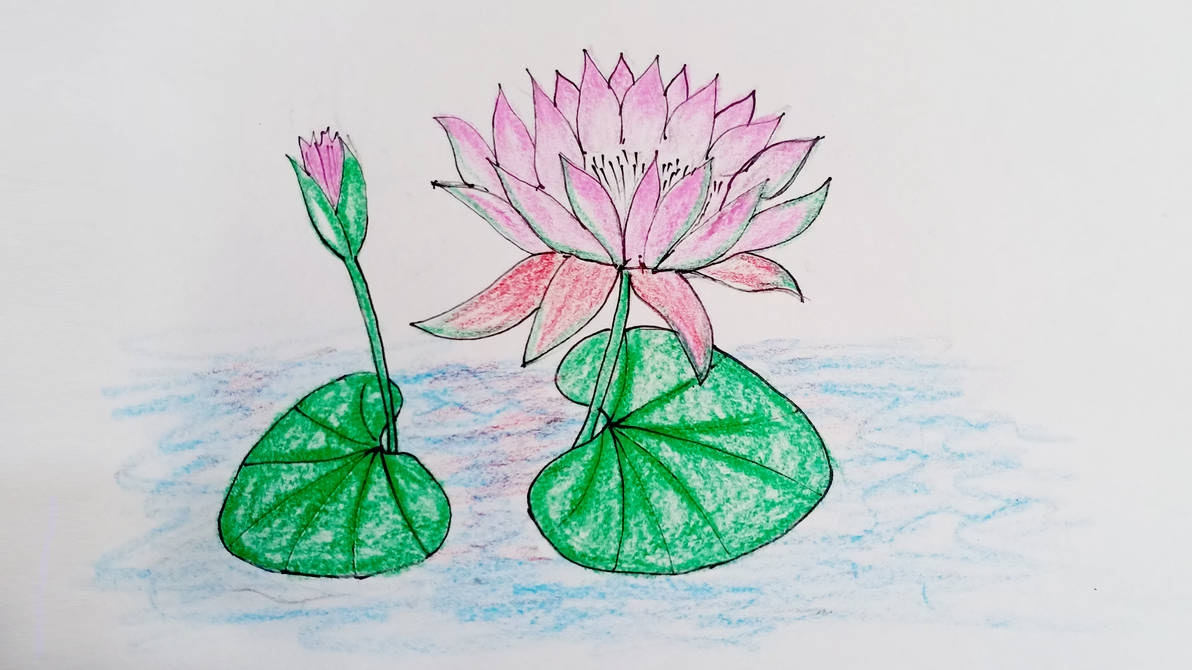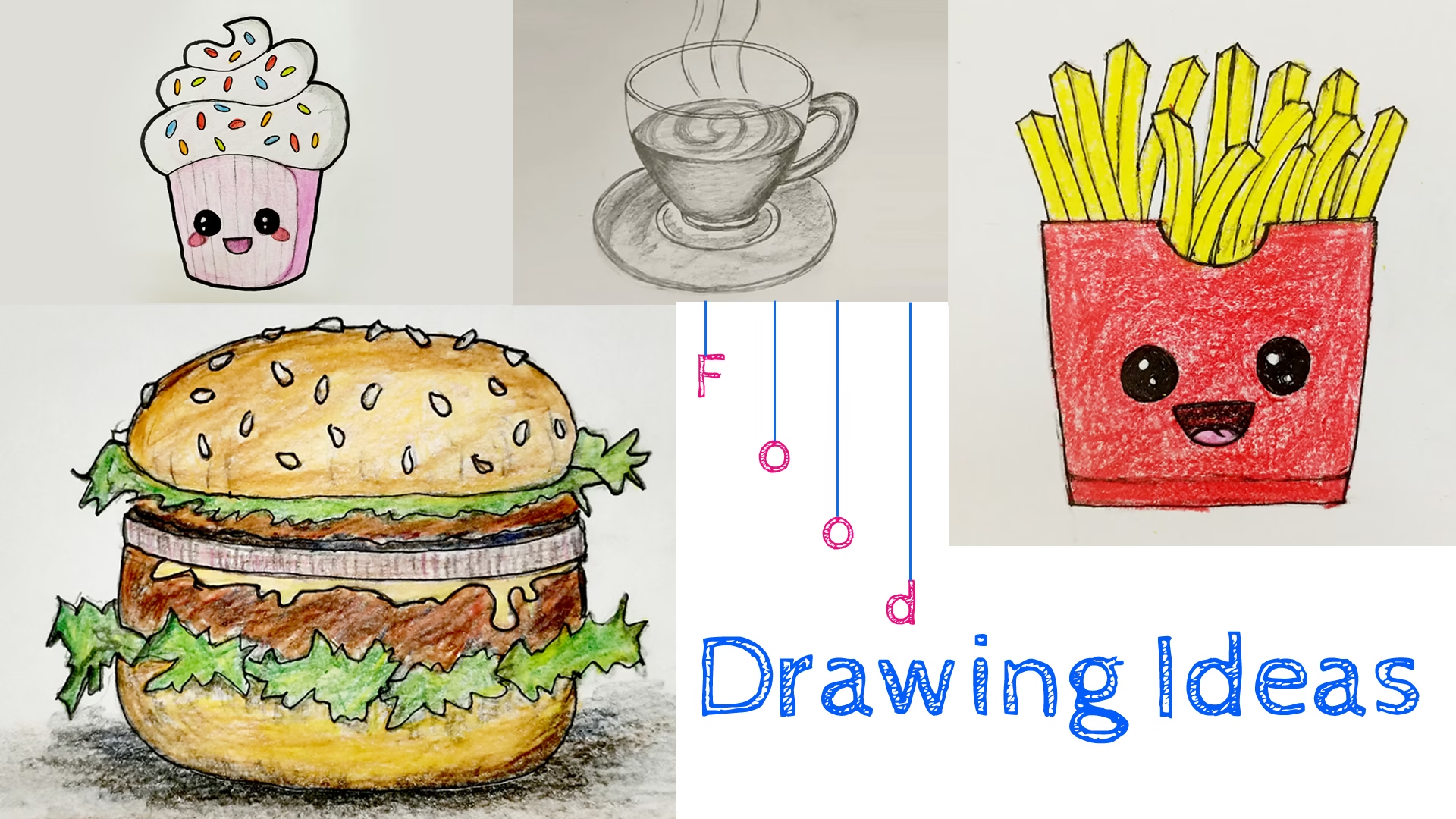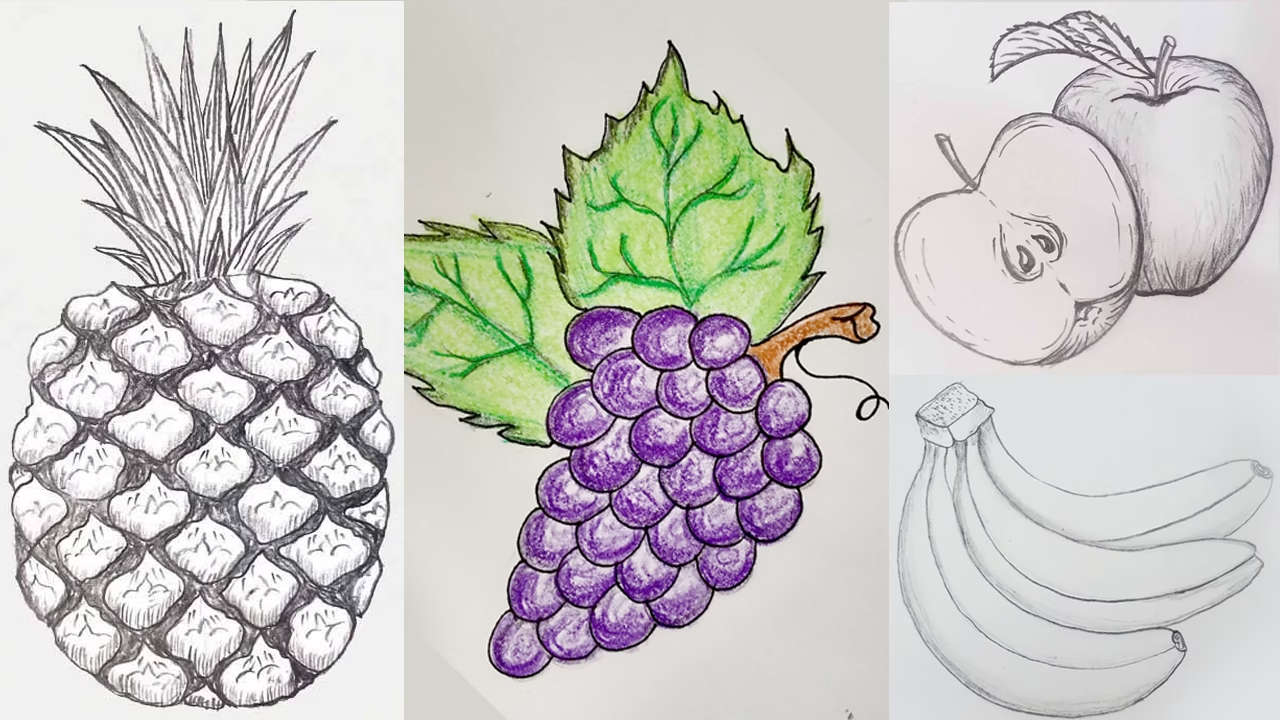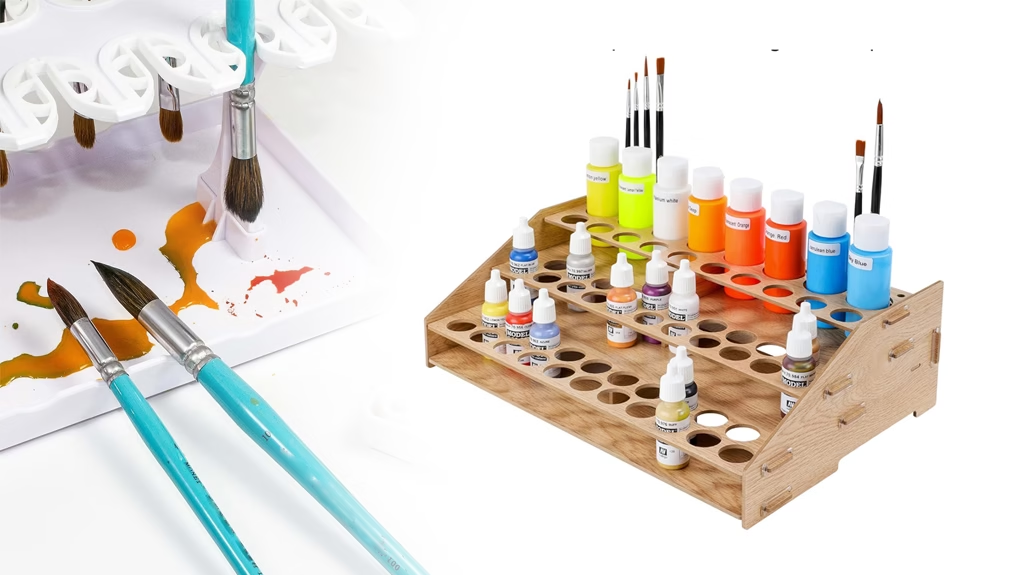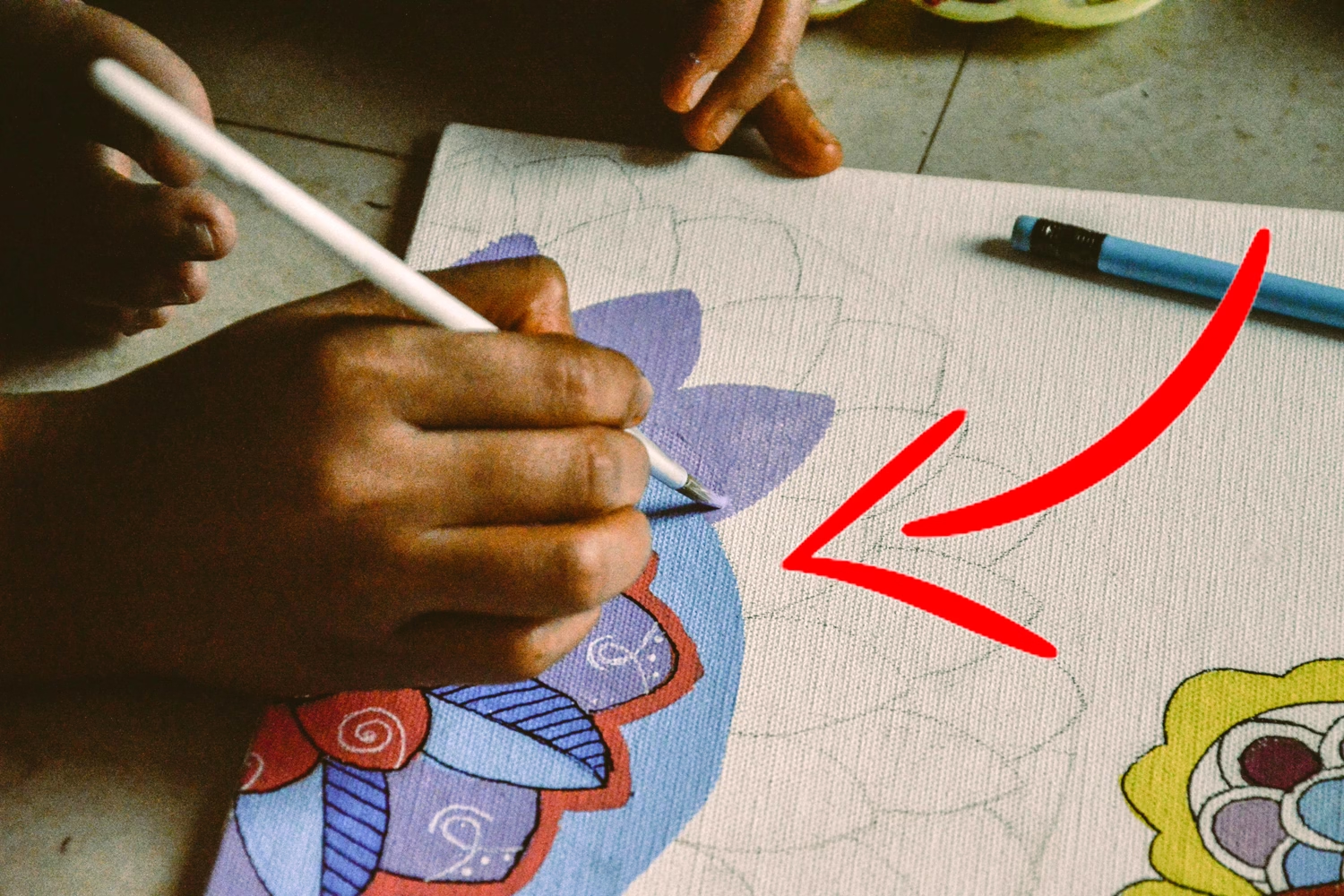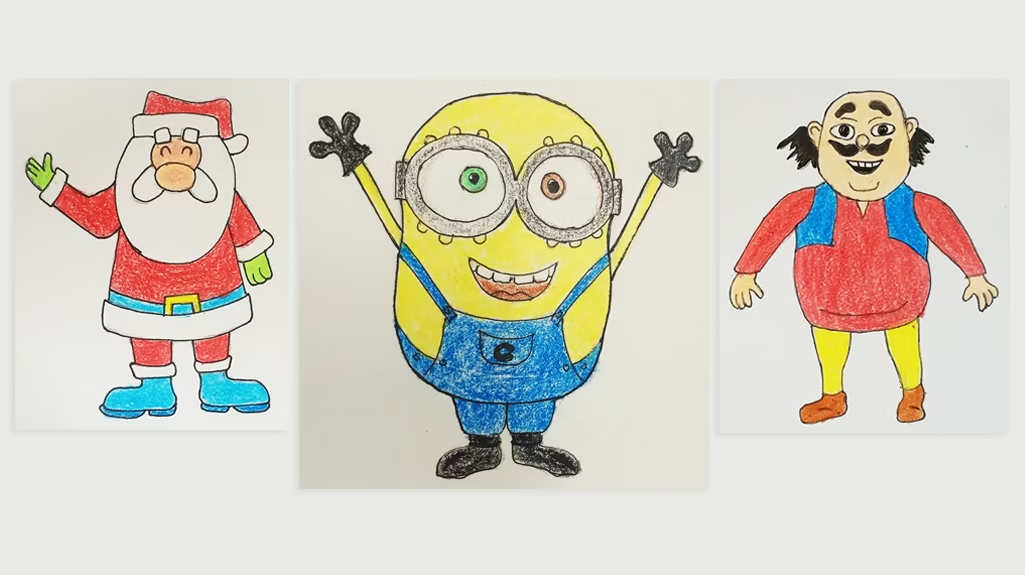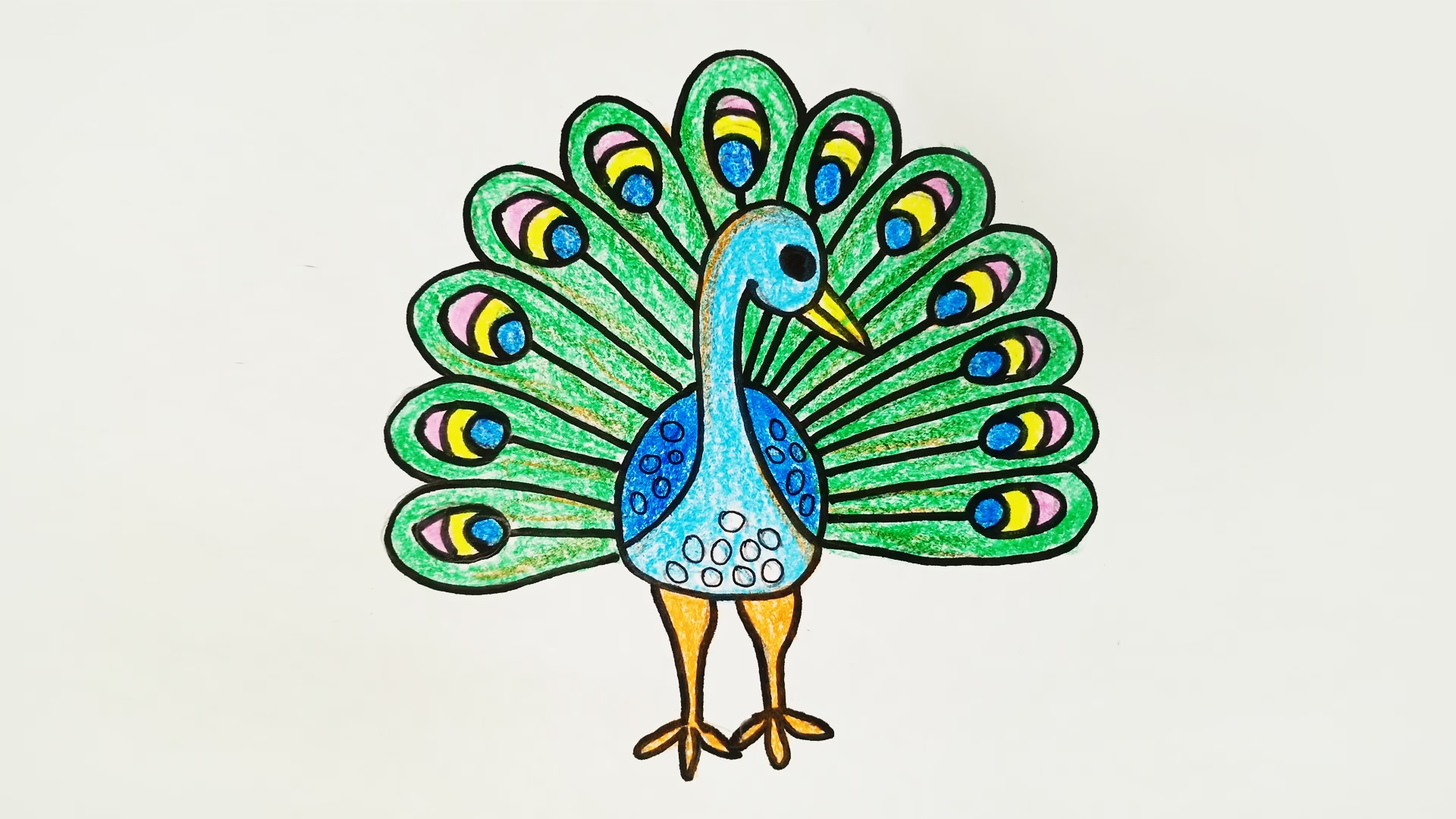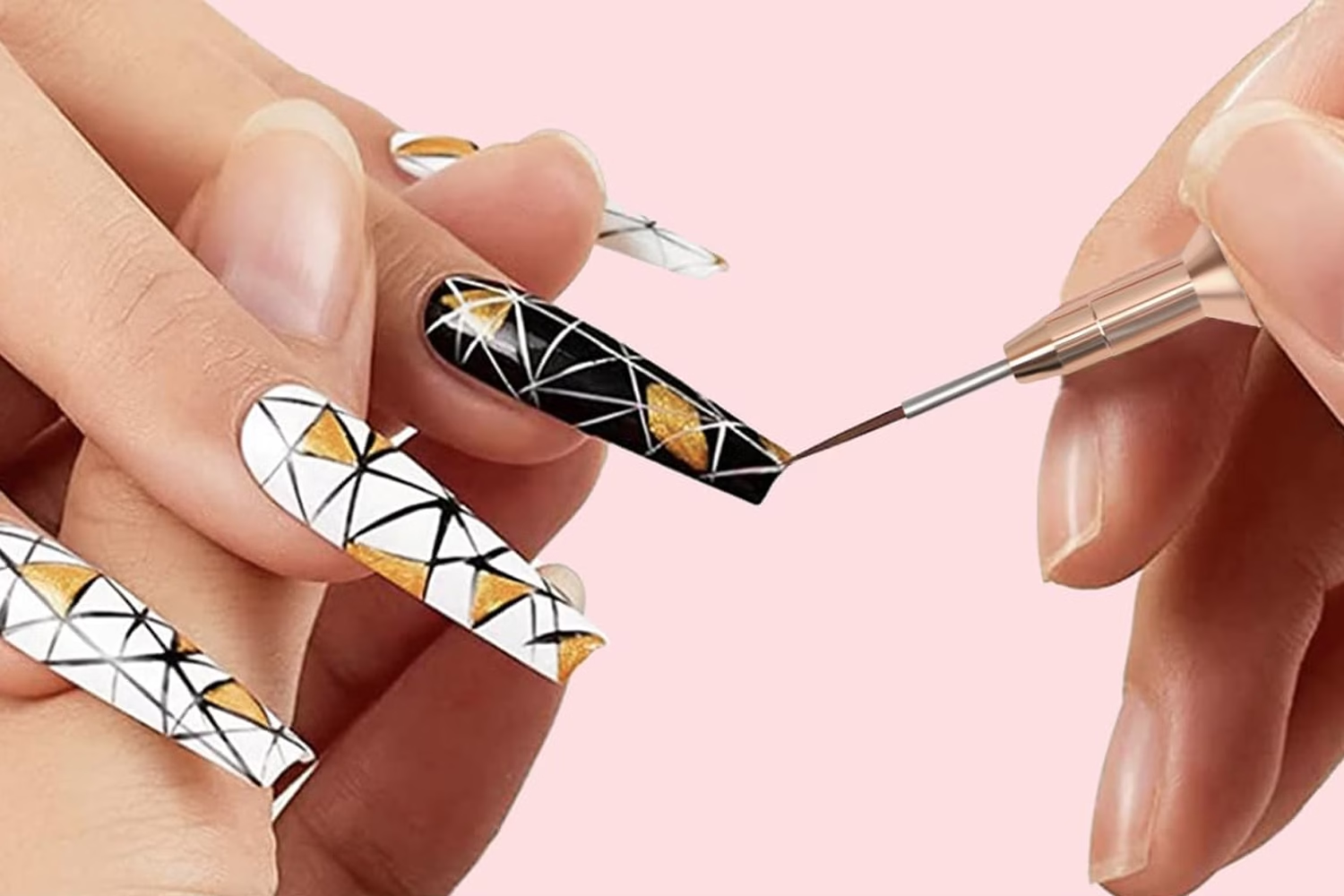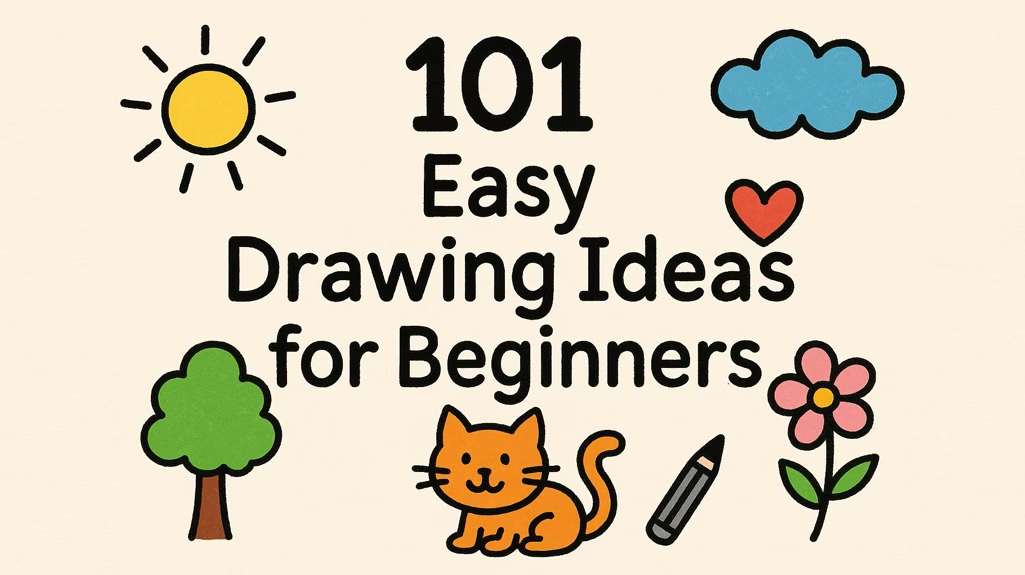
101 Easy drawing ideas for beginners
Looking for simple yet creative pencil drawing ideas to spark your imagination? If you’re a beginner just getting started or someone wanting to practice sketching every day, you’re in the right place! In this guide, we’ve compiled over 100 easy drawing ideas for beginners – perfect for relaxing, improving your skills, or filling up your sketchbook. From cute animals and tasty treats to everyday objects and nature scenes, these ideas are designed to be fun, approachable, and beginner-friendly. Plus, each suggestion comes with a short description to help you visualize your drawing before you begin. So grab your pencil, paper, and get ready to draw – no fancy tools or experience needed. Let’s turn blank pages into beautiful sketches, one idea at a time! Our Top Easy Drawing Ideas for Beginners 1. Simple Flower Start with a basic daisy or tulip. Focus on the petals and center to practice symmetry and shading. 2. Smiling Sun Draw a cheerful sun with rays extending outward. Add a face for extra charm. 3. Clouds Sketch fluffy, rounded clouds in various sizes. Experiment with shading to give them volume. 4. Heart Shape A classic heart is perfect for practicing curves and symmetry. 5. Star Draw a five-pointed star. Add shading or patterns inside to make it unique. 6. Cup of Coffee Illustrate a steaming cup with gentle curves. Focus on the steam rising in swirls. 7. Apple A simple apple with a leaf on top. Practice shading to give it a three-dimensional look. 8. Banana Sketch a curved banana. Add texture to the peel for realism. 9. Pineapple Draw a pineapple with its spiky leaves and textured skin. 10. Grapes Illustrate a bunch of grapes hanging from a vine. Focus on the round shapes and shading. 11. Carrot Sketch a long, tapered carrot with leafy greens at the top. 12. Pumpkin Draw a round pumpkin with ridges and a stem. 13. Tree A simple tree with a trunk and canopy. Experiment with different leaf shapes. 14. House Sketch a basic house with a triangular roof and rectangular body. 15. Bird Draw a small bird perched on a branch. Focus on the beak and feathers. 16. Fish Illustrate a fish with flowing fins and scales. 17. Butterfly Sketch a butterfly with symmetrical wings. Add patterns for detail. 18. Ladybug Draw a cute ladybug with its distinctive spots. 19. Snail Illustrate a snail with its coiled shell and trail. 20. Cat Sketch a sitting cat with its tail curled around. 21. Dog Draw a playful dog with floppy ears and a wagging tail. 22. Elephant Illustrate a friendly elephant with large ears and a trunk. 23. Lion Sketch a lion’s face with a mane. Focus on the eyes and nose. 24. Tiger Draw a tiger’s face with bold stripes. 25. Bear Illustrate a bear with a rounded body and small ears. 26. Rabbit Sketch a rabbit with long ears and a fluffy tail. 27. Horse Draw a horse in a standing pose. Focus on the mane and tail. 28. Cow Illustrate a cow with distinctive patches and horns. 29. Pig Sketch a pig with a snout and curly tail. 30. Chicken Draw a chicken with feathers and a comb on its head. 31. Duck Illustrate a duck with webbed feet and a rounded body. 32. Penguin Sketch a penguin with its tuxedo-like appearance. 33. Frog Draw a frog sitting on a lily pad. 34. Turtle Illustrate a turtle with a patterned shell. 35. Snake Sketch a coiled snake with scales. 36. Spider Draw a spider with eight legs and a round body. 37. Bat Illustrate a bat with spread wings. 38. Dragonfly Sketch a dragonfly with elongated wings. 39. Bee Draw a bee with a striped body and wings. 40. Ladybird Illustrate a ladybird with its red body and black spots. 41. Ant Sketch an ant with a segmented body and antennae. 42. Grasshopper Draw a grasshopper with long hind legs. 43. Dragon Illustrate a mythical dragon with wings and scales. 44. Unicorn Sketch a unicorn with a spiraled horn. 45. Mermaid Draw a mermaid with flowing hair and a fish tail. 46. Fairy Illustrate a fairy with delicate wings. 47. Wizard Sketch a wizard with a pointed hat and staff. 48. Alien Draw an alien with large eyes and antennae. 49. Robot Illustrate a robot with a boxy body and limbs. 50. Spaceship Sketch a spaceship with sleek lines and thrusters. 51. Rocket Draw a simple rocket blasting off into space. Use straight lines for the body and flames below to depict motion. It’s a great exercise for basic geometry and creative imagination. 52. Planet Sketch a planet like Saturn with rings. Shading gives it depth, and adding stars around enhances the cosmic vibe. It’s a fun celestial subject that’s easy to customize. 53. Moon A crescent or full moon is perfect for pencil sketches. Use light shading to create craters and texture. Ideal for nighttime-themed drawings. 54. Mountains Draw a range of triangle-shaped peaks and shade for depth. You can add snow caps or trees to increase detail. Great for practicing gradients in pencil work. 55. River Sketch a flowing river winding through land or hills. Adding ripples gives it life, and it’s excellent for practicing perspective. 56. Lake Draw a calm lake with reflections. Try including trees or mountains in the background to improve your scenery skills. 57. Ocean Waves Start with rolling waves using curved lines. Shade the crests to create a dynamic water effect. It’s a relaxing and satisfying drawing subject. 58. Desert Sketch sand dunes with smooth, flowing lines. Add a cactus or sun to complete the desert look. A great way to play with shadows and minimalism. 59. Cactus A cactus is simple yet fun, with vertical ribs and sharp spines. Great for quick sketching and line practice. 60. Palm Tree Draw a tropical palm with long leaves and a curved trunk. Excellent for beach or island scenes. 61. Beach Umbrella Sketch a striped umbrella with a pole

